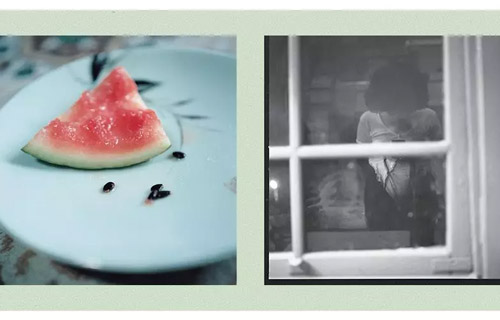NEW LIFE CYCLES IN NATURE
Offering innovative approaches to creating more environmentally friendly furniture, “Japanese Principles: Design and Resources” showcases the Cabbage Chair, designed by the studio nendo. The chair is made from waste paper used in the production of the pleated fabric that defines the ISSEY MIYAKE brand.
Another example is architect Shigeru Ban, who uses paper tubes in his projects to create everything from furniture to larger structures, such as houses. At the exhibition, visitors will have the chance to see the CARTA bench, a backless design made from cardboard tubes, which is perfectly suited for use in public installations.
The “My Football Kit” project, developed by Molten in collaboration with the design studio nendo, aims to popularize football among children and make the sport accessible, even in regions where it is not widely practiced. Instead of a conventional inflatable ball made of plastic and rubber materials, the proposal is a structure of fittings, made with synthetic resin based on recycled polypropylene and elastane, reusing resources that would otherwise be discarded.
Recycling is also the foundation of Shellmet, a helmet made from seashell waste generated during the production of Hokkaido scallops. To address the issue of soil contamination caused by these residues, a new material called “shellstic” was developed. It combines calcium carbonate extracted from the shells with recycled plastics.
In Japan, there is also technology that transforms food scraps into durable building materials, offering a way to reuse materials that would otherwise become waste. Fabula, a start-up company from the University of Tokyo, is working on the social implementation of this technology, which involves dehydrating food, converting it into powder, and shaping it through thermal compression. The technique produces materials with varying strengths, textures, and aromas, which can be used for a wide range of purposes, giving waste new functions and life cycles.
Wood, one of the materials most widely used by humanity, also has a dedicated space in the exhibition, showcasing the vision of two creators from different fields. Craftsman Takuya Tsutsumi and shaper Rodrigo Matsuda create surfboards and skateboards from the wood of trees whose bark has been damaged by bears. These trees lose their original value and are often sold at low prices or discarded. The surfboards and skateboards on display at JHSP are coated with urushi, a Japanese lacquer derived from the tree of the same name, which makes them hydrophobic and waterproof. By combining the urushi and kumahagi wood (wood damaged by bears), the product brings reflections on the cycles that involve nature, animals and human activities.
Finally, we have the “Designed by Nature Clarinet” prototype by Yamaha, which uses Granadilla wood native to Africa. The Kintsugi model on display showcases wood with such strong natural characteristics that it would be difficult to use in manufacturing processes that prioritize uniformity. By applying the “Kintsugi” technique—traditionally used to repair cracks or damage in pottery—they have transformed this wood into an attractive and uniquely characteristic musical instrument.









